Côte de Cherave set to split pack at Flèche Wallonne?
Winning move hasn't formed before Mur de Huy since 2003
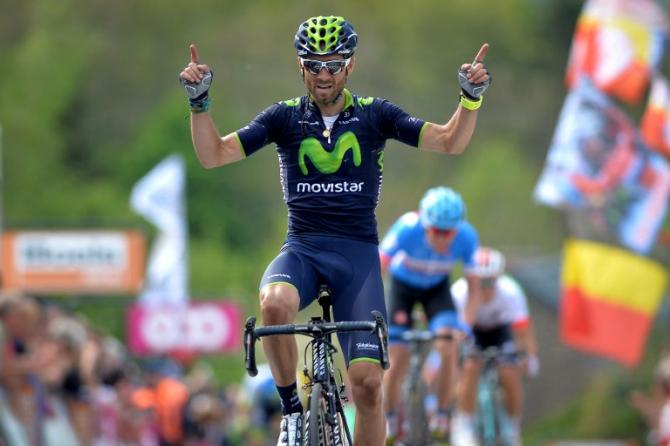
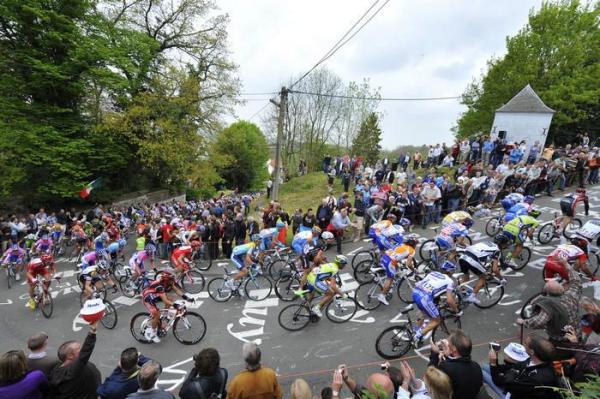
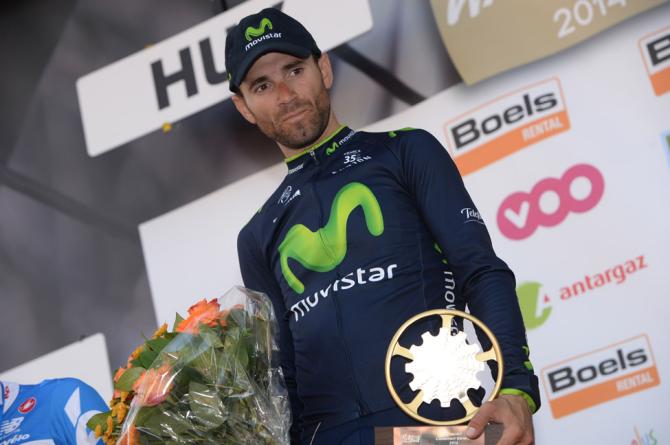
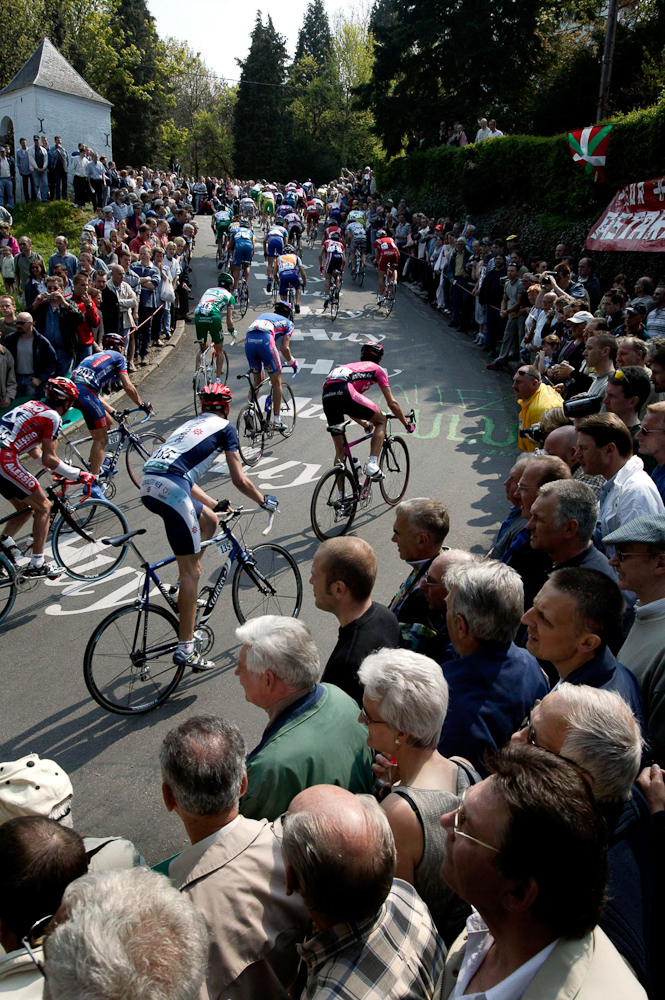
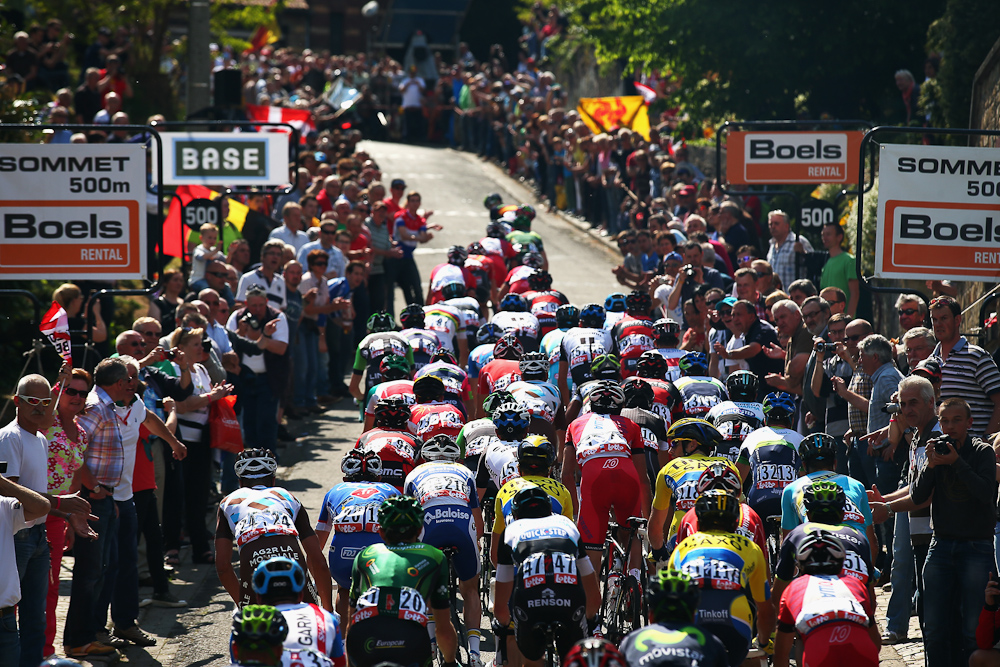
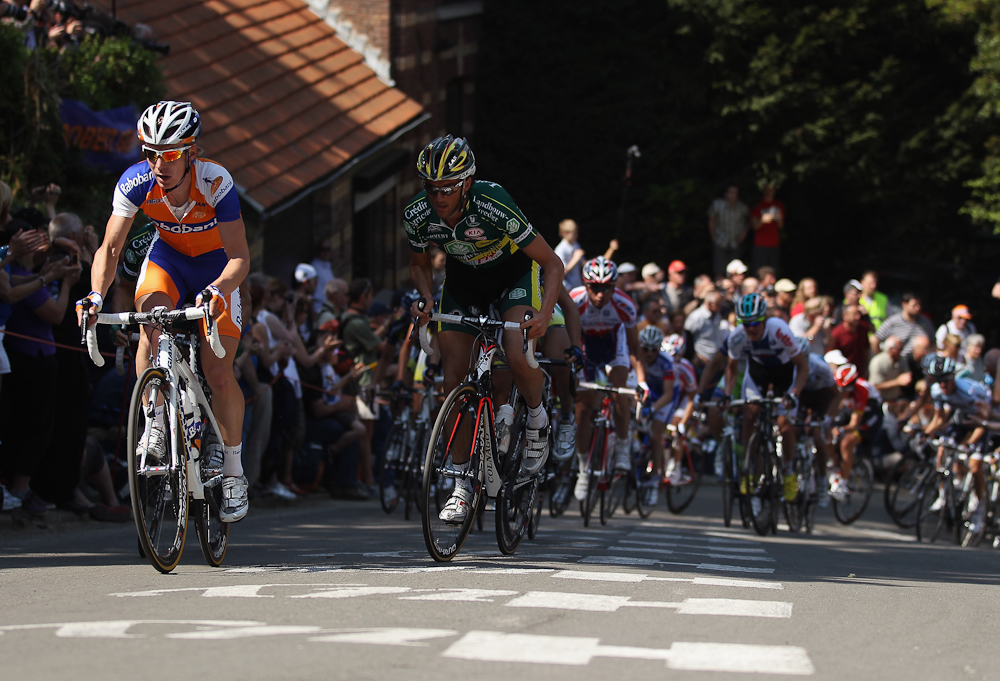
Perhaps the biggest talking point in the cycling pages of the Belgian media right now is the introduction of the new Côte de Cherave in Flèche Wallone and whether it will produce a successful late breakaway in the mid-week Classic for the first time in over a decade.
This is a moot point in anybody's book, given that the last time the winning break formed before the final haul up the Mur de Huy was in 2003. But the Côte de Cherave's proximity to the Mur de Huy, with just 5.5 kilometres between its summit and the finish line is the closest ever distance between a second last climb at Flèche Wallonne and the Mur itself. So on paper, the insertion of this new climb could – finally – change this race's overly predictable final scenario.
The climb itself is not the only issue, as Cyclingnews discovered when it checked out the final kilometres of the new route of Flèche Wallonne. The approach road to the Côte de Cherave is on narrow, twisting streets in the old quarter of the town of Huy and as such is fairly technical, with a sharpish left hand bend on a rough section of urban pavé meaning that early positioning for the climb will be crucial. The riders will then bump over a level crossing – mercifully, it appears to be a little-used single railway track, and certainly not one used by high speed trains, as was famously the case at Paris-Roubaix ten days ago.
Then the real fun starts, on a recently-surfaced and usually quiet back lane that rises up through a residential district of Huy. Although not excessively narrow, and officially averaging 8.1 percent, the Côte de Cherave's gradient is relentless on what is essentially a strip of tarmac two cars wide going straight up the side of the hill.
For the length of the Cherave's 1.3 kilometres there are no breaks in the climbing and no sharp corners. With the steepest part in the first 500 metres or so, after what will presumably be a very fast and nervous run-in, any riders who are suffering will quickly find themselves sliding back through the peloton.
It remains to be seen, however, whether a breakaway of top contenders can go clear off the front on the climb. The lack of corners means that any rider who makes a move will not have the advantage of – like on the Poggio, say – disappearing quickly out of sight. On the other hand, with such a tricky approach road, it will be harder for the big names to have all their troops at hand to close down any moves.
The gradient eases notably as the road approaches the summit with a very sharp right hand bend sending the peloton back down to Huy. Barring a couple of early difficult corners, the two-kilometre descent is very fast and as the French say, 'pedalable', so it is likely to see the bunch well stretched out and perhaps pushed to reorganise to pull back any breaks.
Get The Leadout Newsletter
The latest race content, interviews, features, reviews and expert buying guides, direct to your inbox!
Finally, with about three kilometres to go, a right hand bend at a roundabout takes the bunch onto a level section of approach road and back along the River Meuse into Huy's city centre and the final climb. It's at this point, assuming riders have gone clear on the Côte de Cherave, that any breakaways will have to start collaborating if they want to have any chance of staying away to the Mur.
The million dollar question of course, is whether the new climb is hard enough after 200 kilometres to split the peloton apart completely. Should that be the case, of course – and other factors like the weather (forecast to be good on Wednesday), crashes and, whisper it, that level crossing may also have a big influence on that – then Flèche Wallonne will have utterly changed from its usual finale.
"You'll have to be really alert," Lotto Soudal's Tim Wellens, who rode over the climb on Monday with his teammates, told Belgian newspaper La Dernière Heure "The approach road is a little narrow and there are 200 or 300 metres of pavé just before the climb. That's going to make it difficult.
"I like this climb, a lot of riders will try to get away before the Mur. Lots of guys know that if they don't get away earlier, there's no way they'll finish in the top ten on the Mur, so this is a good point to try something."
Wellens said he would try to go for it himself, and he almost certainly won't be the only rider to chance his arm on the Côte de Cherave. Whether such moves will actually succeed depends on a factor nobody will know until Wednesday: how many support riders the other team leaders will be able to count on to reel in their rivals' moves.
"It will change things for sure," Etixx-Quick Step’s Tony Martin, teammate of Amstel Gold winner Michal Kwiatkowski, told Cyclingnews last weekend. "For me the race was very boring, a super hard final but it was still like a mass sprint, everything was together and then it was just a one-minute uphill sprint, and that was the most exciting part of the race.
"For sure this climb is a good opportunity for other riders to go on an early attack and to bring other teams a little bit more into the rush to chase them down and play some other tactics. So maybe it’s a chance to give the race another story."
Alasdair Fotheringham has been reporting on cycling since 1991. He has covered every Tour de France since 1992 bar one, as well as numerous other bike races of all shapes and sizes, ranging from the Olympic Games in 2008 to the now sadly defunct Subida a Urkiola hill climb in Spain. As well as working for Cyclingnews, he has also written for The Independent, The Guardian, ProCycling, The Express and Reuters.
